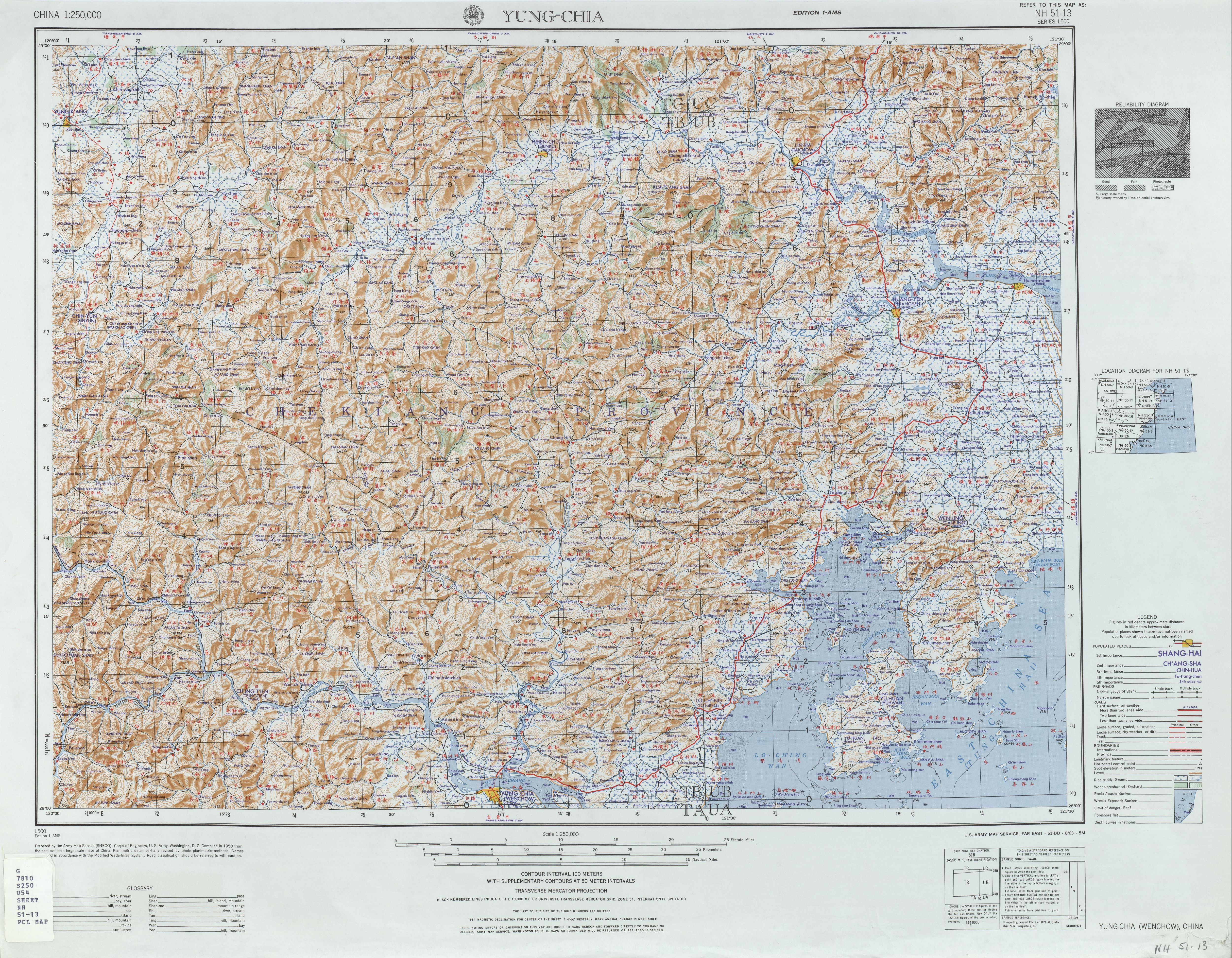|
Oujiang Wu
Wenzhounese (), also known as Oujiang (), Tong Au () or Au Nyü (), is the language spoken in Wenzhou, the southern prefecture of Zhejiang, China. Nicknamed the "Devil's Language" () for its complexity and difficulty, it is the most divergent division of Wu Chinese, with little to no mutual intelligibility with other Wu dialects or any other variety of Chinese. It features noticeable elements in common with Min Chinese, which is spoken to the south in Fujian. ''Oujiang'' is sometimes used as the broader term, and ''Wenzhou'' for Wenzhounese proper in a narrow sense. Given its long history and the isolation of the region in which it is spoken, Wenzhounese is so unusual in its phonology that it has the reputation of being the least comprehensible dialect for an average Mandarin speaker. It preserves a large amount of vocabulary of classical Chinese lost elsewhere, earning itself the nickname "the living fossil", and has distinct grammatical differences from Mandarin. Wenzhounese is ... [...More Info...] [...Related Items...] OR: [Wikipedia] [Google] [Baidu] |
Wenzhou
Wenzhou (pronounced ; Wenzhounese: Yuziou �y33–11 tɕiɤu33–32 ), historically known as Wenchow is a prefecture-level city in southeastern Zhejiang province in the People's Republic of China. Wenzhou is located at the extreme south east of Zhejiang Province with its borders connecting to Lishui on the west, Taizhou on the north, and Fujian to the south. It is surrounded by mountains, the East China Sea, and 436 islands, while its lowlands are almost entirely along its East China Sea coast, which is nearly in length. Most of Wenzhou's area is mountainous as almost 76 percent of its surface area is classified as mountains and hills. It is said that Wenzhou has 7/10 mountains, 1/10 water, and 2/10 farmland. At the time of the 2010 Chinese census, 3,039,500 people lived in Wenzhou's urban area; the area under its jurisdiction (which includes three satellite cities and six counties) held a population of 9,122,100 of which 31.16% are non-local residents from outside of Wenz ... [...More Info...] [...Related Items...] OR: [Wikipedia] [Google] [Baidu] |
Varieties Of Chinese
Chinese, also known as Sinitic, is a branch of the Sino-Tibetan language family consisting of hundreds of local varieties, many of which are not mutually intelligible. Variation is particularly strong in the more mountainous southeast of mainland China. The varieties are typically classified into several groups: Mandarin, Wu, Min, Xiang, Gan, Hakka and Yue, though some varieties remain unclassified. These groups are neither clades nor individual languages defined by mutual intelligibility, but reflect common phonological developments from Middle Chinese. Chinese varieties differ most in their phonology, and to a lesser extent in vocabulary and syntax. Southern varieties tend to have fewer initial consonants than northern and central varieties, but more often preserve the Middle Chinese final consonants. All have phonemic tones, with northern varieties tending to have fewer distinctions than southern ones. Many have tone sandhi, with the most complex patterns in the coastal ... [...More Info...] [...Related Items...] OR: [Wikipedia] [Google] [Baidu] |
